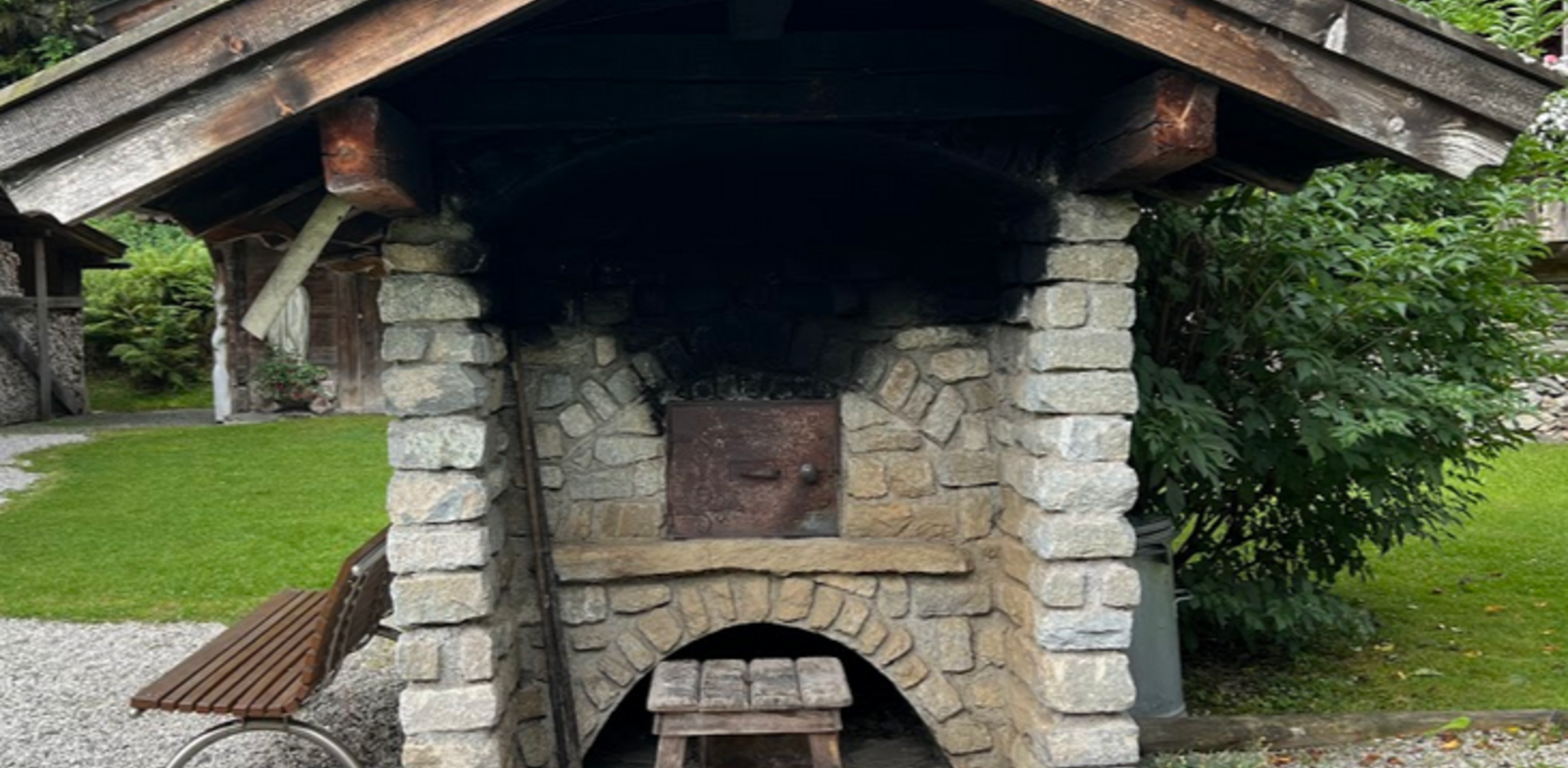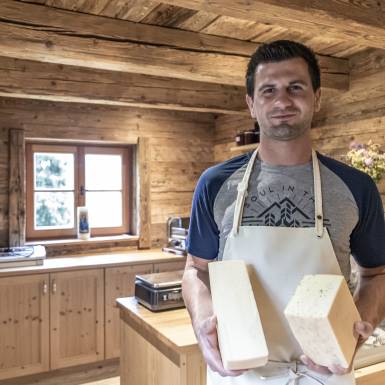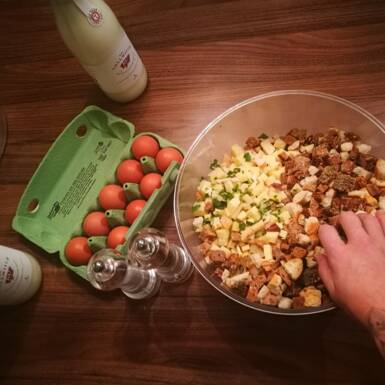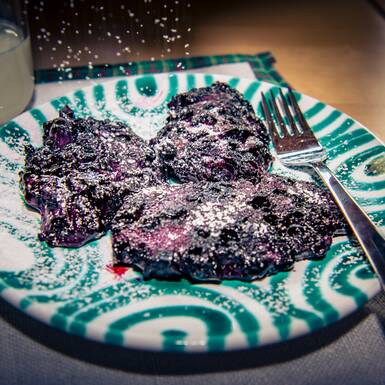- Traditions
- Cuisine
The History of Bread in the Glemmtal Valley
The Glemmtal Valley was very isolated from most larger towns throughout its history, so its inhabitants heavily relied on self-sufficiency. As a result, certain professions like baker or miller began developing very early to process the grain harvested by the farmers across the valley. Today’s Saalbach story is about the history of farming, grain and bread in the Glemmtal Valley as well as a recipe for traditional Pinzgauer Bread. Enjoy!
Miller, Baker and the Market in Saalbach
Mills powered by the water of the Saalach river as well as bakeries were some of the earliest processing trades in the Glemmtal and the surrounding valleys. The grain grown by the farmers on the steep flanks of the surrounding mountains (mainly rye) was transported to the local mills where it was then processed to flour. From an agricultural point of view, the Glemmtal Valley is incredibly difficult to farm due to the altitude, long winters, variable whether, thin soil as well as heavy storms which frequently resulted in years marked by crop failures and famine.
Throughout its history, the people of the valley time and again restricted access for “strangers” because they were already struggling to sustain themselves and didn’t want any extra mouths to feed.
The following entries have been found in history books*:
1489
Saalbach was granted market rights. This decision was a veritable sensation at the time because the markets in Zell am See and Saalfelden were considered to be located within a reasonable distance. For the people of Saalbach, however, this decision was a huge relief.
1563
Mathäus Lederer is the miller of the “Müll zu Jausern” – one of the now 10 Mills located within Vorder-, Mitter- and Hinterglemm.
1630
Thomas Stockklausner, the miller of the Rauchenpach Mill, officially requests to be allowed to become a baker to forgo the need of the people of the valley to have to travel over the Spielberg Mountain or to Zell to buy bread. The bakers of Zell argue strongly against this and base their opposition on the fact that Stockklausner hasn’t completed an apprenticeship as baker. Stockklausner’s request ends up being denied and Saalbach remains without a baker.
1763
According to documentation of the high court of Zell in Pinzgau, the Glemmtal Valley has one bather, two smiths, seven millers, three tailors, three shoemakers and three weavers.
1849
The town committee writes a spirited letter to the court in Zell. It argues that:
… considering the number of souls living in the valley a baker is needed for the following reasons:
- The valley isn’t sufficiently supplied with fresh bread and as result, has to content with stale bread year after year.
- The local economy would profit from a bakery as the money would stay in the valley.
- Should one not be happy with the work of the young and not yet far-travelled (experience in a craft was gained by travelling back in these times) baker Joseph Hutter, his father, Peter Hutter, would be capable of providing his son with a competent and hard-working assistant to raise the quality of work in the bakery.
- As a bakery in the valley wouldn’t stop bread from being imported, the new baker would be very motivated to grow his business and provide good quality.
1888
Documents show that Josef Hutter is a baker in Saalbach.
Baking bread in a stone oven
The rise of tourism meant an increase in wealth for the people of the valley which meant that additional flour and bread could be bought. Many of the farms in the valley still have and in fact use traditional stone ovens to bake bread. One of these ovens is located in front of the Homestead Museum in Saalbach.
Pinzgauer Farmers Bread – a Recipe
To this day, many still bake bread the way they learned it on the farms from their mothers and mothers-in-law. The ingredients used and their quantity differ slightly between recipes but all of them are based on the same style. Here’s a recipe for you to try at home:
Ingredients for two loafs:
- 500g of rye flour
- 500g of wheat flour
- 25g of salt
- Bread spice of your choice (fennel, anise, caraway, …)
- 500ml of lukewarm water
For the sourdough:
- 100g of wheat flour
- ¼ of a pack of yeast
- A pinch of sugar
- A dash of warm water
And this is how it’s done:
To create the sourdough – Fill the wheat flour in a bowl. Let the yeast and sugar dissolve in lukewarm water and mix in the flour. Leave to rest for approximately four hours.
To create the dough for the bread – Add the flour into a bowl and mix in the salt as well as the bread spice. Then add the sourdough and water and knead everything into a nice dough. Leave the dough to rest for an hour before kneading it again. Leave to rest once more and then form the dough into two even loafs once it has nicely risen. Put the loafs in the oven for 40 minutes at 200 degrees Celsius.
The bread is done if it sounds hollow when you knock on its bottom with your finger.
Best served with homemade jam made from local berries – but that’s a story for the next chapter.
*Source: Heimatbuch Saalbach Hinterglemm












